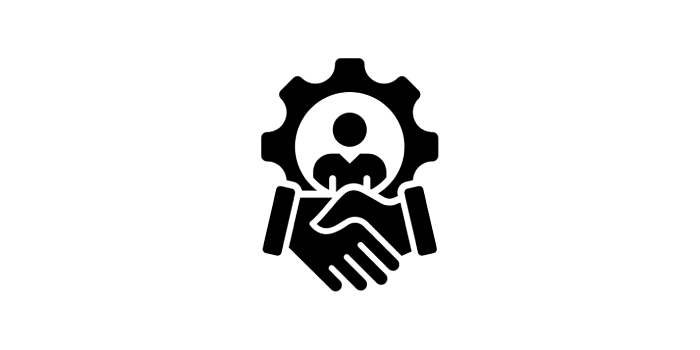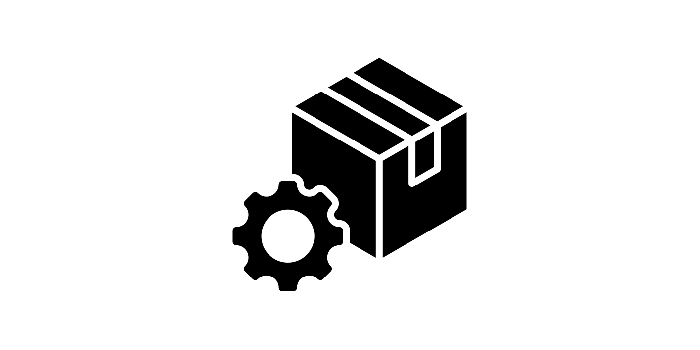Cross-Functional Teams in Product Development: Benefits and Challenges
Discover how cross-functional teams can revolutionize product development by fostering innovation and efficiency, while also understanding the challenges they might face.
The Power of Cross-Functional Teams in Driving Innovation
Cross-functional teams bring together individuals from diverse departments such as marketing, engineering, design, and sales, creating a melting pot of ideas and perspectives. This diversity is a catalyst for innovation as it allows for the blending of different expertise, leading to creative solutions that might not emerge in a more homogeneous team.
Moreover, these teams can quickly adapt to market changes and customer needs, as they have direct access to a wide range of skills and knowledge. This agility enables companies to stay ahead of the competition by rapidly iterating on product designs and functionalities.
Key Benefits of Cross-Functional Collaboration
One of the primary benefits of cross-functional collaboration is enhanced communication. When team members from different departments work closely together, it breaks down silos and fosters a culture of transparency and mutual respect.
Another significant benefit is improved decision-making. Diverse perspectives lead to more comprehensive evaluations of ideas and strategies, reducing the risk of groupthink and promoting more innovative and effective solutions. Additionally, cross-functional teams often achieve faster project completion times, as they can address potential issues and dependencies in real-time.
Common Challenges Cross-Functional Teams Encounter
Despite the numerous benefits, cross-functional teams often face challenges that can hinder their effectiveness. One common issue is miscommunication due to differences in departmental jargon and priorities. These misunderstandings can lead to conflicts and delays in the project timeline.
Additionally, balancing the varying workloads and responsibilities of team members can be difficult. Each department might have its own deadlines and pressures, making it challenging to align everyone's schedules and maintain consistent progress. Lastly, differing goals and metrics for success can create friction, as each department may have its own performance indicators and objectives.
Strategies to Overcome Cross-Functional Team Challenges
To mitigate communication issues, it's crucial to establish clear and open channels of communication from the outset. Regular meetings and updates can help ensure everyone is on the same page and can address any misunderstandings promptly.
Aligning goals and creating a shared vision for the project can also help in overcoming departmental differences. By focusing on common objectives, team members are more likely to cooperate and work towards the same end. Additionally, employing project management tools and techniques can help manage workloads and keep the project on track, ensuring that all team members are aware of their responsibilities and deadlines.
Real-World Examples of Successful Cross-Functional Product Development
One notable example of successful cross-functional product development is Apple's creation of the iPhone. The project brought together experts from hardware, software, design, and marketing, resulting in a revolutionary product that transformed the mobile phone industry.
Another example is the development of the Tesla Model S. Tesla's cross-functional teams, comprising engineers, designers, and software developers, worked closely to innovate and create one of the most advanced electric vehicles on the market. These examples demonstrate how cross-functional collaboration can lead to groundbreaking products that redefine industries.
.png?width=200&height=67&name=Plan-de-travail-3@2x%20(2).png)
.png)

